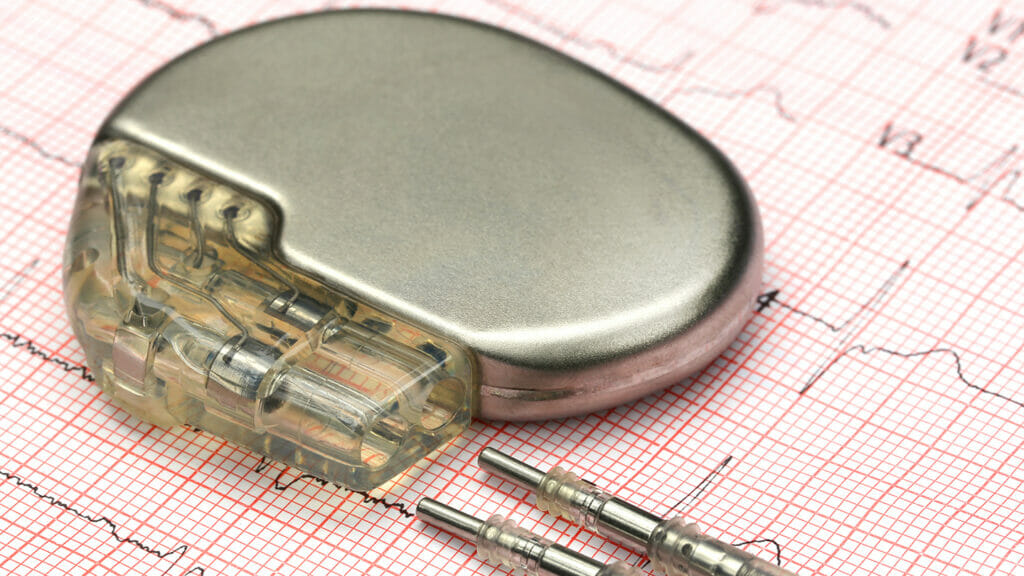

A new wireless pacemaker design could be easier to use for older adults with heart disease and could remove the “healthcare burden” associated with device maintenance, researchers say.
The “microtubular” design is composed of layered circuit films that could be rolled into a cylinder. It would remove the need for pacing leads, which cause complications, including valve damage and infection, in 11% of users, the researchers say.
Cardiovascular disease is common among senior living and care residents, and up to 80% of all pacemakers are implanted in older adults aged 65 or more years, data show.
“Developing the next generation of pacemakers that are both leadless and battery-free and can be implanted with a minimally invasive procedure remains an unmet biomedical engineering challenge,” the researchers argued.
The device, which was implanted in Yorkshire pigs, proved effective in restoring and continuing heart function, the study demonstrated.
This model is the latest among a series of innovative pacemaker devices that have been designed or proposed over the past year.
A wireless, dual-chamber pacemaker produced by tech company Abbott received clearance by the Food and Drug Administration over the summer, although the device model and material differs from that of the “microtube” concept.
Another new model on the market is a pacemaker with a built-in “MRI mode,” which was approved by the FDA earlier this year.
Although such technology is designed to re-start or stimulate the heart from within the body, scientists also are trying to increase the comfort and usability of electrocardiogram devices as well, such as via a smart textile patch.
The microtube device, although promising, does call for further studies, the researchers acknowledge, citing potential issues with long-term pericardial inflammation and possible “migration” of the device within the body.
The wireless pacemaker research was published recently in the journal Science Advances.


